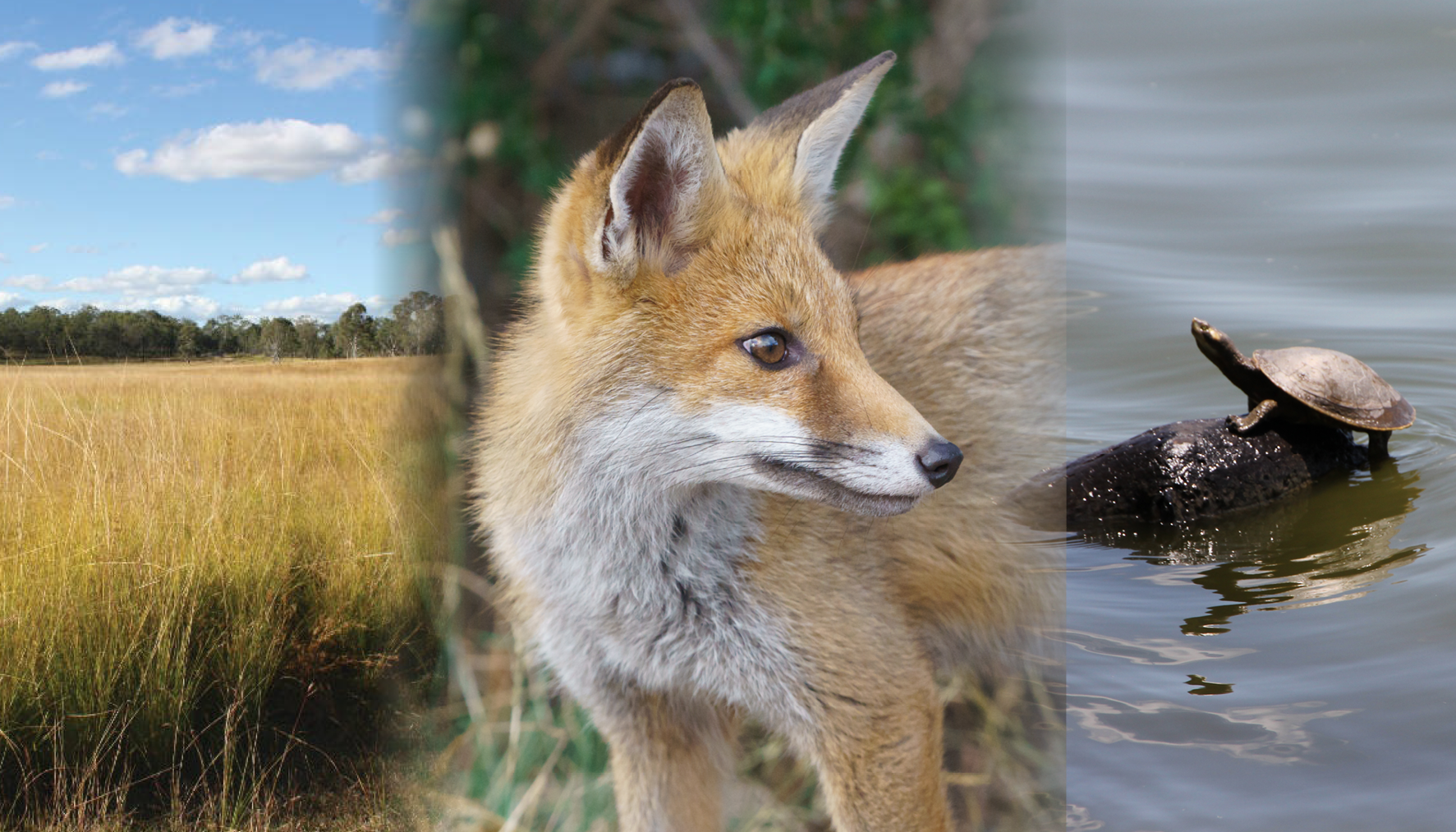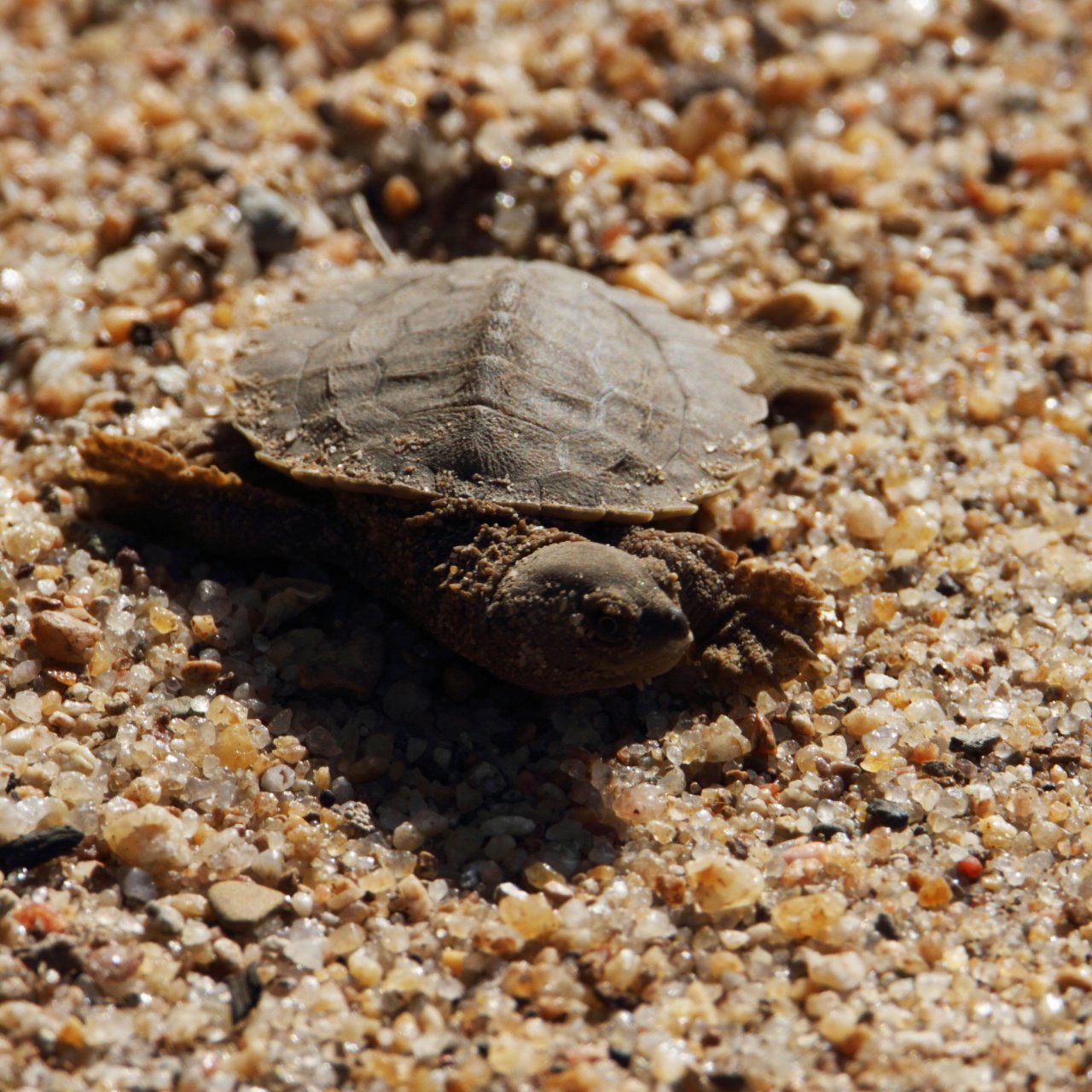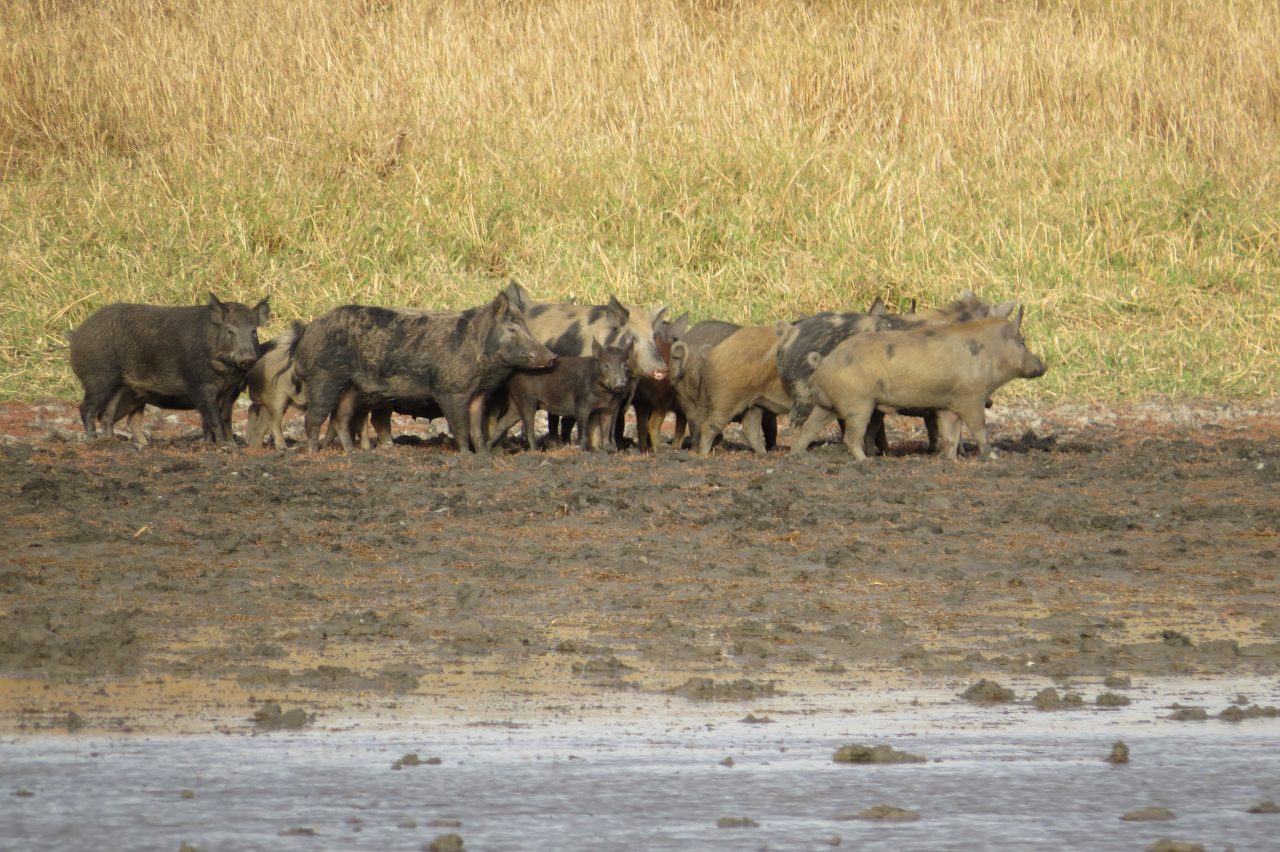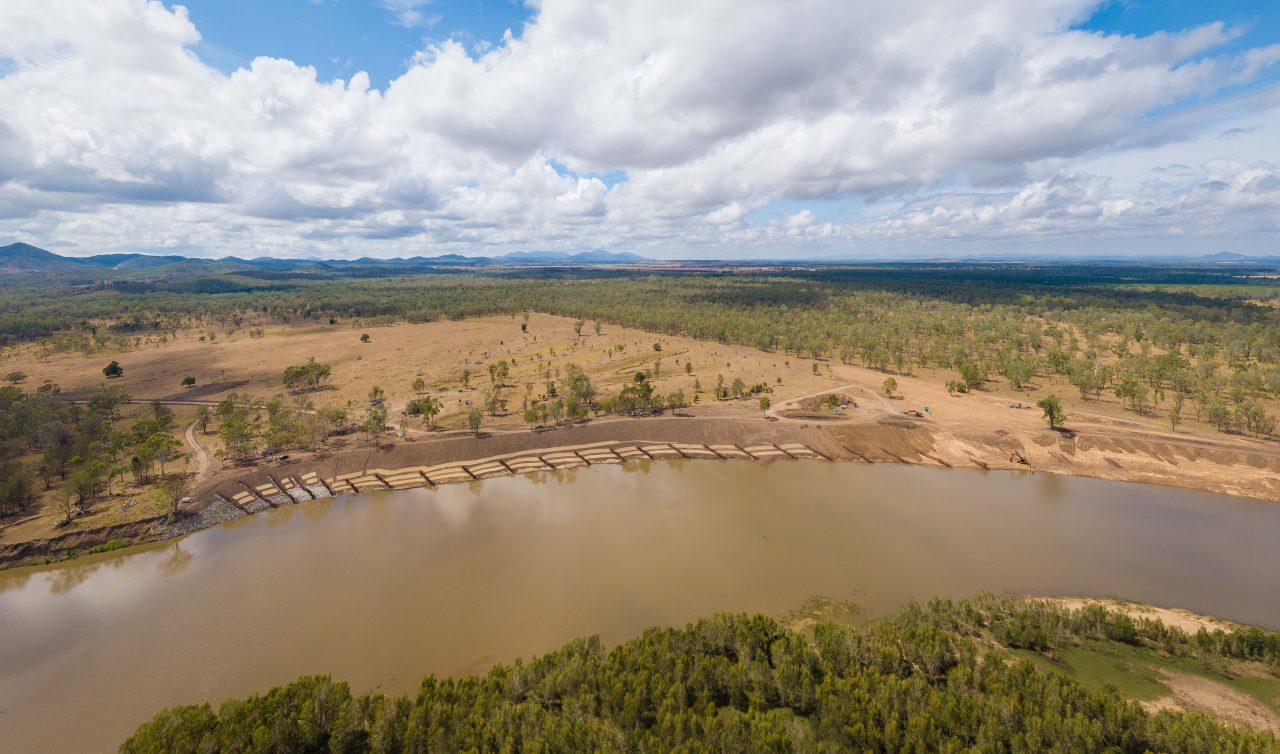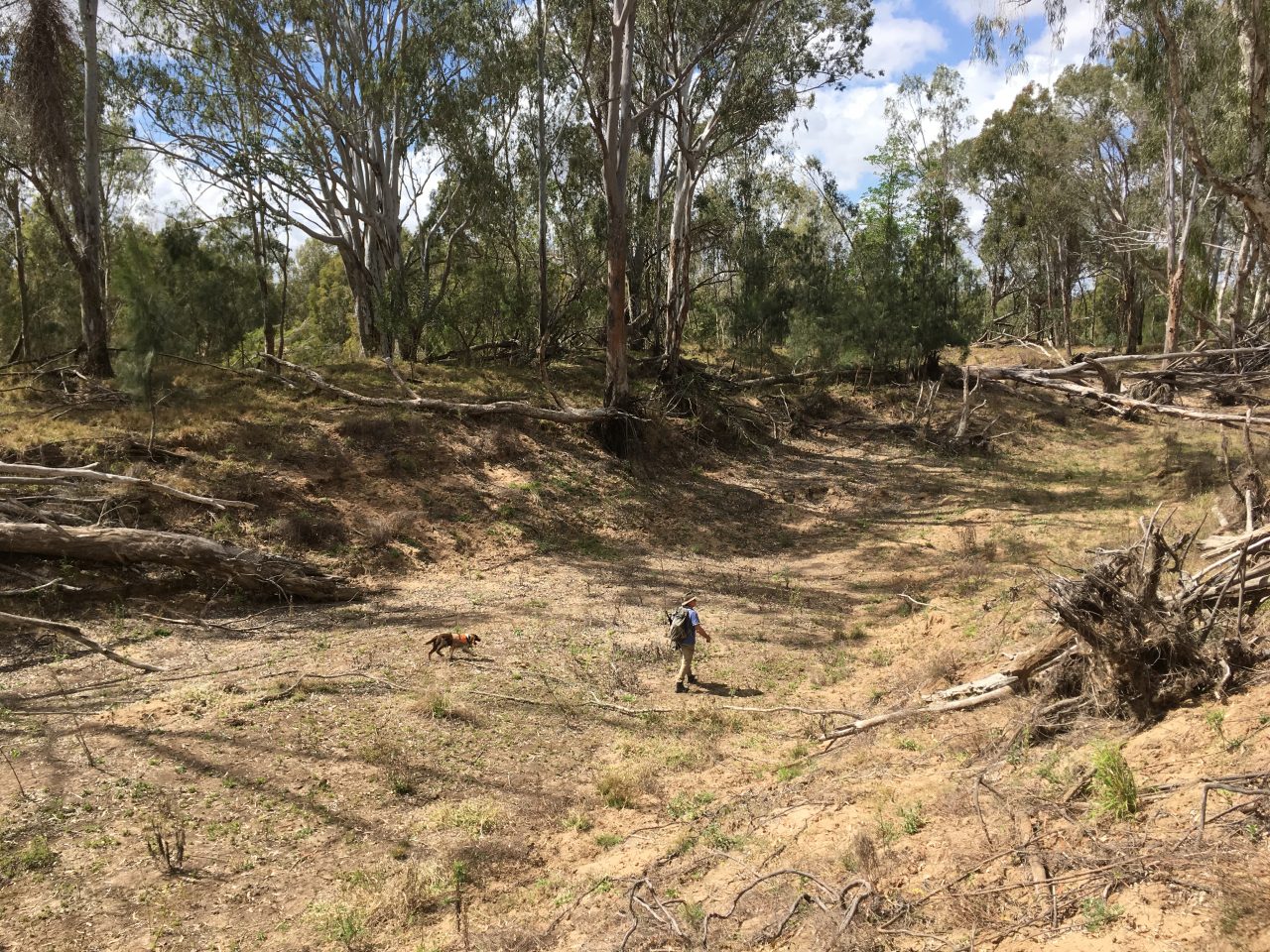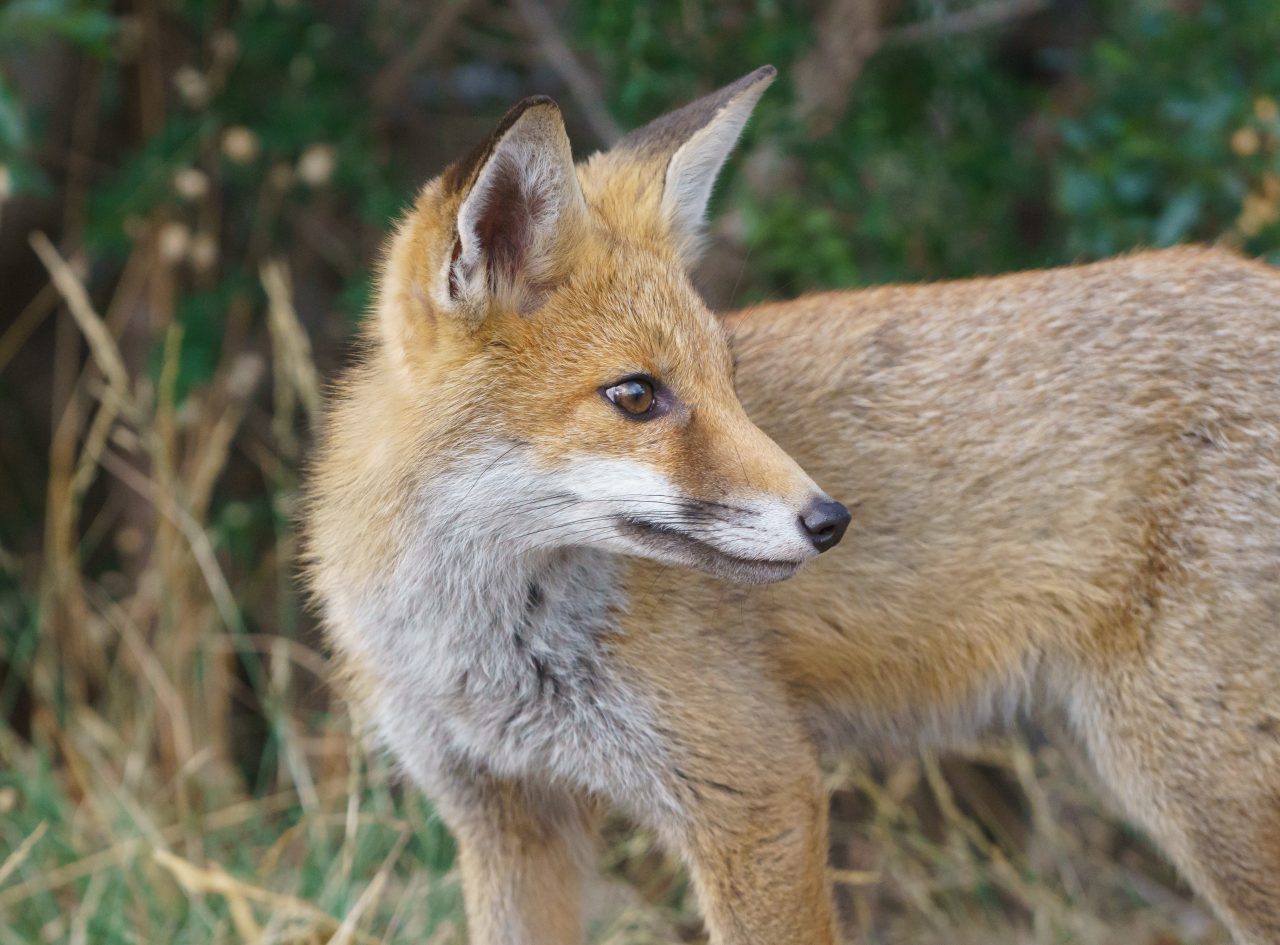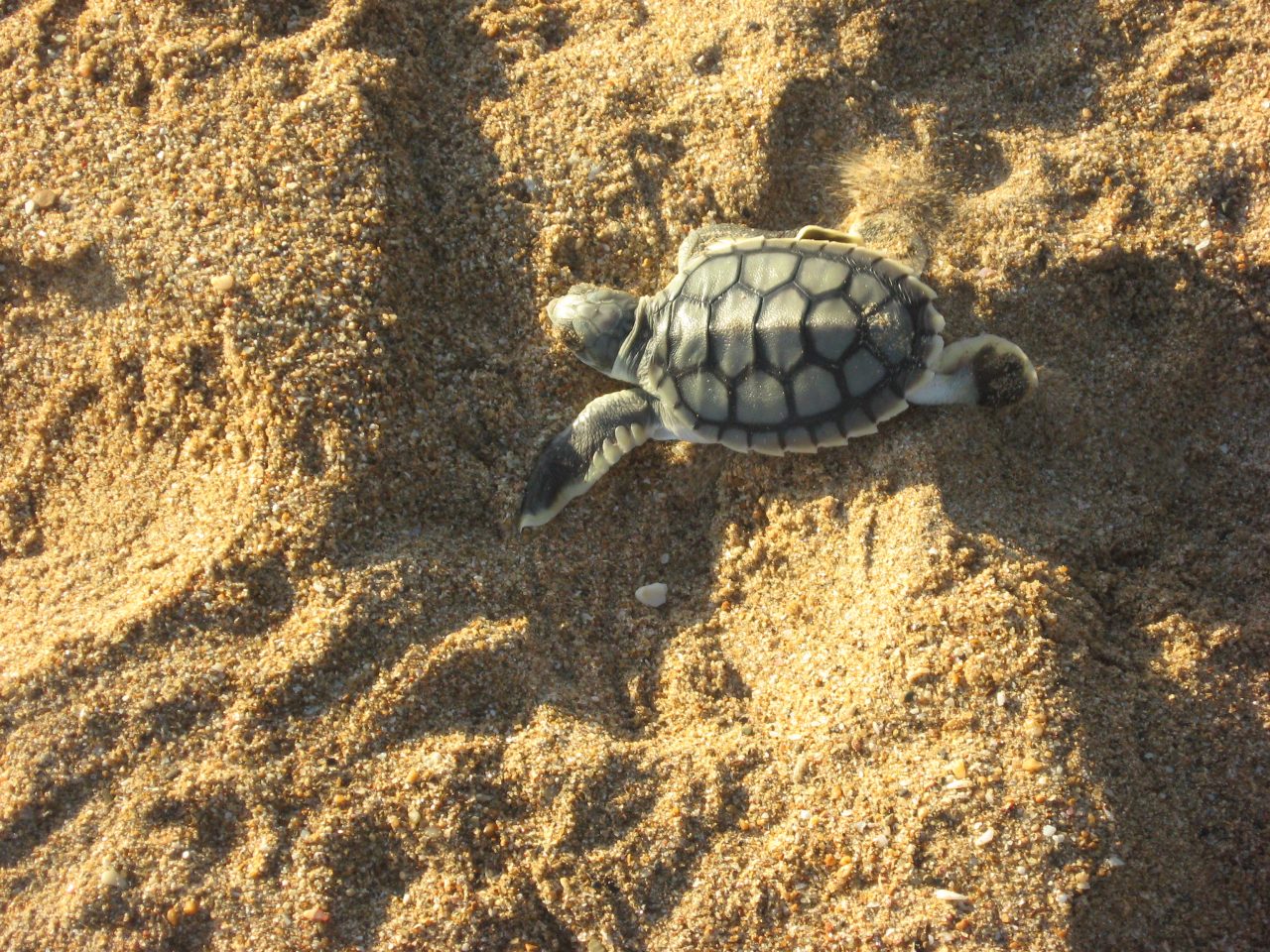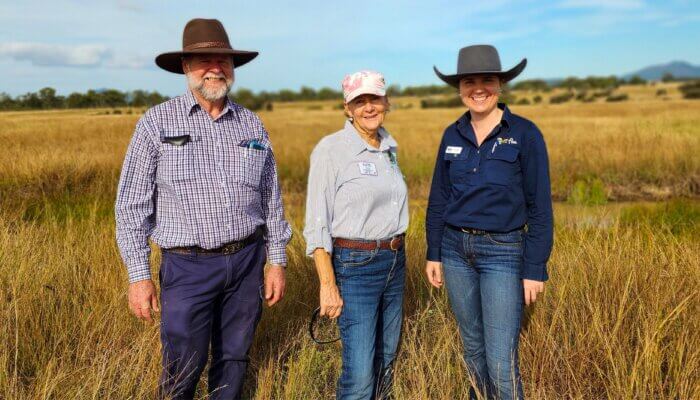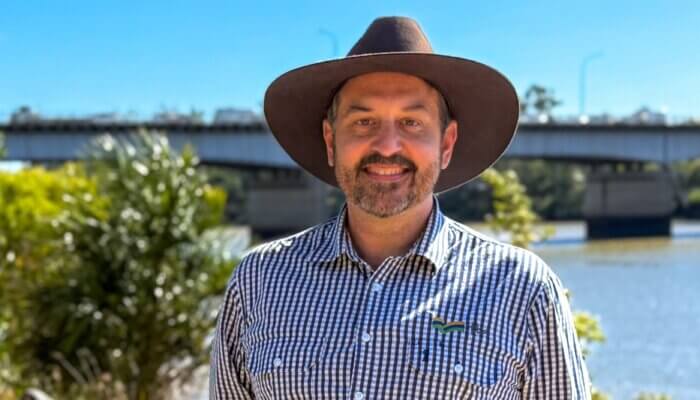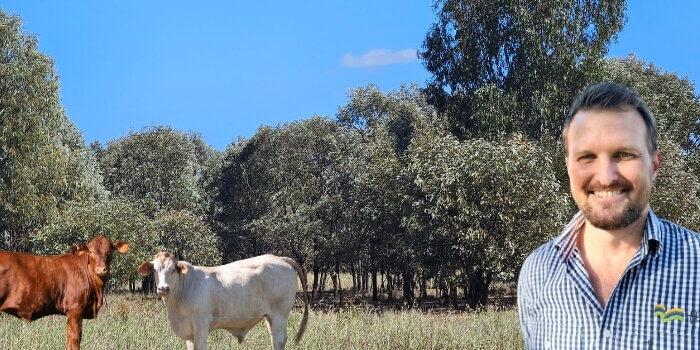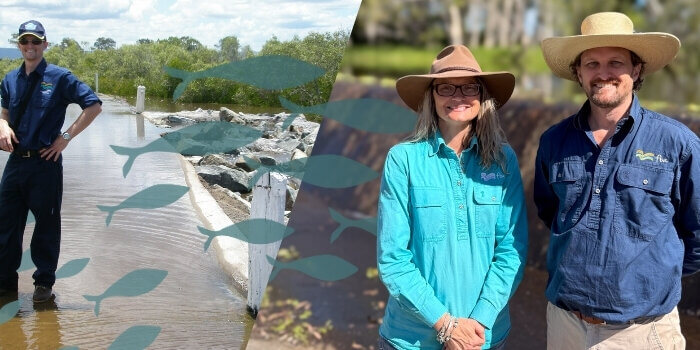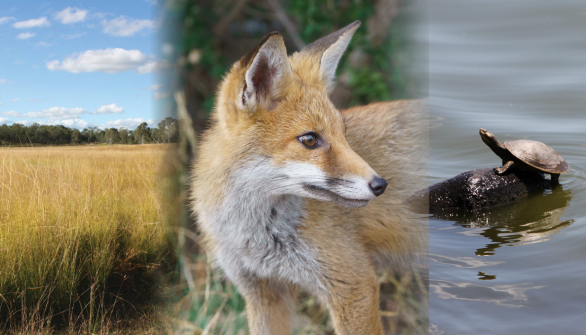
Supporting biodiversity through pest management
Posted on February 27th, 2020
The Fitzroy Basin is home to 5,877 native plants and animals of which 263 are currently listed as rare or threatened. There are many factors that threaten native species including invasive plants and animals. Fitzroy Basin Association (FBA) work in partnership with community groups, volunteers and landholders to reduce the pressure of pest species on native animals and plants.
Here are four examples of how local native species are currently affected by pests and weeds and how regional people are working to save them.
As the name suggests, the Fitzroy River Turtle is only found in the Fitzroy River catchments. The turtle’s eggs are preyed upon by many animals including feral pigs and the species is deemed as vulnerable.
To help the turtles nest without the threat of their eggs being eaten, a 1.2km nesting sanctuary has been created thanks to FBA and a local landholder. The riverbank where the turtles were known to nest was badly eroded. By restoring the stretch of river and putting a fence around it, the turtles have a safe nesting area.
Queensland has the highest diversity of freshwater fish in Australia, unfortunately, they are under threat by invasive fish such as tilapia. Tilapia is commonly referred to as “the cane toads of the waterways” as they are successful breeders who out-compete native fish for critical habitat. Rockhampton’s Yeppen Lagoon is the largest freshwater fish habitat below the barrage and unfortunately contains tilapia. To give native fish (like barramundi) a chance of survival, fish hotels have been installed in the Lagoon by FBA in partnership with the Rockhampton Regional Council (RRC). These structures create small safe spaces for juvenile fish to eat and grow out of reach from the jaws of tilapia.
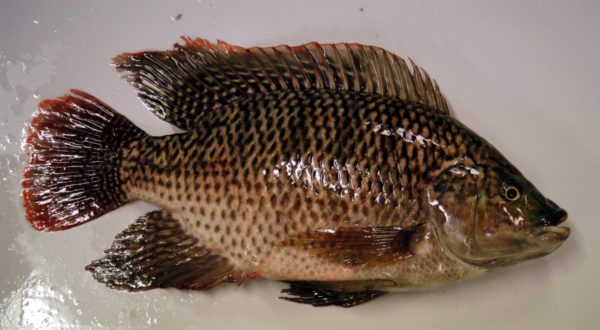
Tilapia 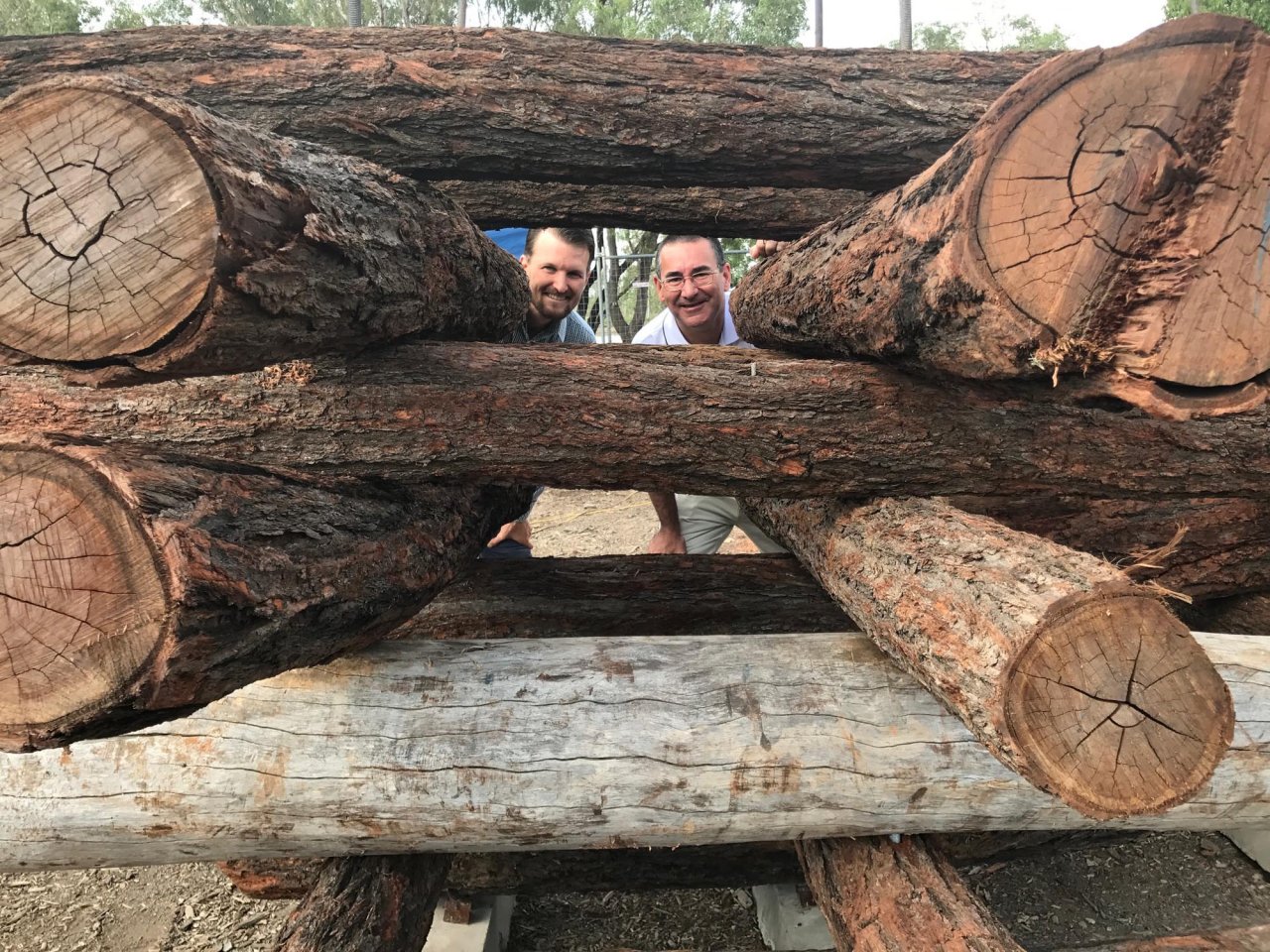
Fish hotel
Not all grass is equal especially when you’re talking about how tasty it is. Giant Rat’s Tail Grass is an African native grass that was introduced to Australia as a pasture seed, however, it was soon discovered that stock and native Australian animals refused to eat it. Since then, the grass has quickly spread out-competing yummier native grasses reducing the amount of edible food for animals. To control Giant Rat’s Tail and prevent it spreading FBA has worked directly with hundreds of central Queensland landholders. Through workshops, one-on-one visits and resource sharing, growers and graziers are working hard to stop this invasive weed for the betterment of primary industries and native animals.
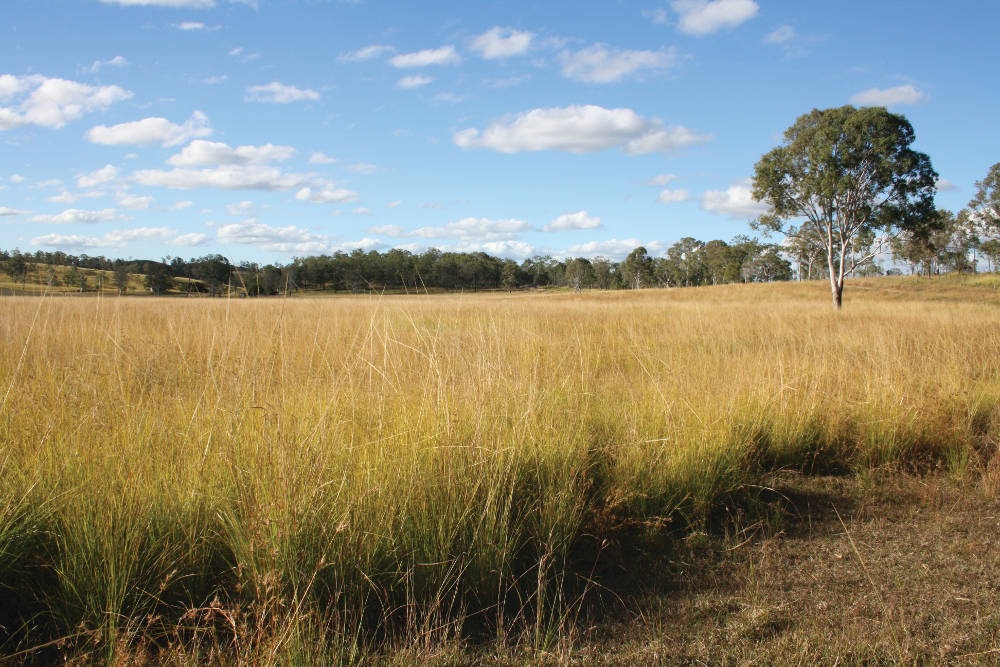
Hatchlings have a one in a thousand chance of surviving past adolescence. One of the many reasons for these slim chances of survival is the large number of native and introduced animals who prey on marine turtle eggs and hatchlings, such as the European fox. To reduce the impact of European foxes on our local turtles FBA with help from local councils bring a special den detection dog to our coast before each nesting season. Once here the dog moves along the coast identifying dens where they are that are then treated. This project was proudly supported by the Queensland Government – Queensland Citizen Science Grants.
Along with threatening native animals, invasive species also harm Australia’s primary industries. The Queensland Government reported late last year that wild dogs cost $33 million per annum in livestock losses, diseases spread and control. Biosecurity and pest management will be a hot topic at the RRC’s Landholder Expo held this Sunday at Rockhampton Showgrounds. FBA is proud to host the event and will have a number of experienced Land Management Officers available for free consults.





